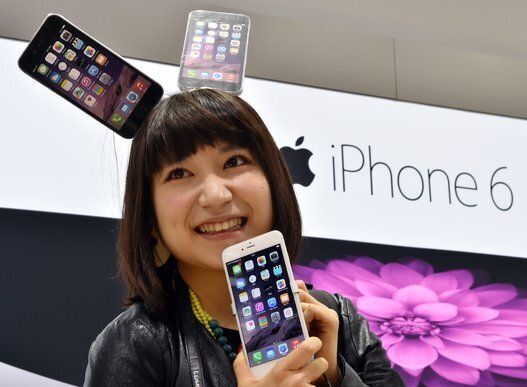
On September 19, tens of thousands of Canadians lined up outside Apple stores as the much-desired iPhone 6 was released to the public. Despite pre-orders being available, many Canadians would rather pick up their new device in-store, rather than buying online.
This is something we found to be true when we conducted Citizen Tech, a new North American study by Citizen Relations. The fact is, the overwhelming shift to online shopping seems to be somewhat exaggerated, at least in the Canadian market when it comes to buying new technology.
It could be that Canadians are still risk averse when it comes to buying their tech online, but their impatience is another. The top three reasons Canadians told us they make their tech purchases in-store are:
•They want to see and feel the product (67 per cent)
•Want the item immediately (48 per cent)
•Don't want to pay shipping (40 per cent)
However, this doesn't mean Canadians are savvier shoppers or use their mobile devices more than Americans. But far more Canadians are comparing technology products online then purchasing in-store. Canadians are far more likely to be found webrooming (74 per cent) than showrooming, rather than comparing devices in-store, then purchasing them online (25 per cent).
More interestingly, we saw Canadians are starting to shop in-store for tech, find a lower price online on the spot, and try to have it matched on-site by the bricks and mortar retailer. We call this "mob-aisling."
"Mob-aisling" seems to benefit omni-channel retailers, as smartphones improve chances of brick-and-mortar purchases allowing consumers to read online reviews, find additional information or compare prices while standing in front of the product.
This is the coveted point on the technology adoption curve where marketers have the opportunity to speak to consumers to create dialogue and trust in order to be top of mind when a purchase decision is being made. It's better than POS or other advertising opportunities, because shoppers are consulting their trusted sources with their wallet in hand.
Whether marketers will be able to be successful in this realm depends on whether they're able to reach these trusted sources in advance and in a compelling way, which is what Citizen Tech seeks to shed some more light on.
We know the tech adoption curve is a proven theory that remains constant, but now we're seeing how the communication between early adopters and the majority can and will hasten the curve or slow it down. The quest for tech marketers today is how to make sure the transition and connection is thought out and communicated often and with both audiences in mind.
MORE ON HUFFPOST:
